Energy is a fundamental resource that fuels the processes and activities necessary for creating and living in the built environment.
From powering heavy machinery and equipment to providing electricity for lighting and ventilation, energy is an indispensable component of our operations.
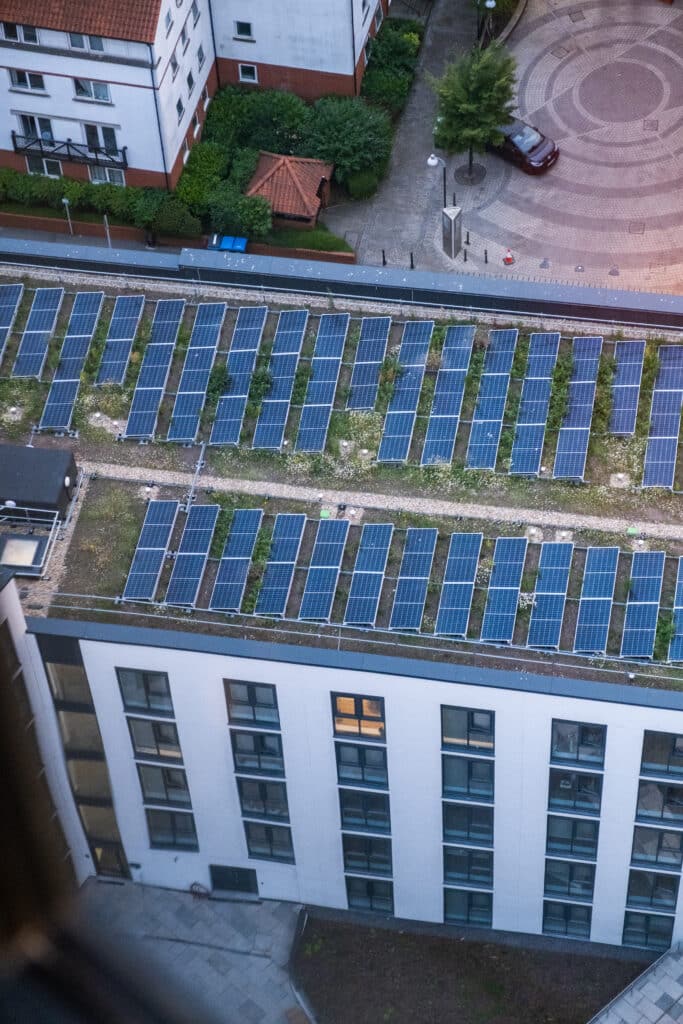
While we benefit greatly from energy, we also face challenges related to its consumption and its impact on the environment. The burning of fossil fuels for energy production releases greenhouse gas emissions into the atmosphere, trapping heat, leading to a rise in global temperatures and a host of detrimental consequences, including extreme weather events, rising sea levels, and the loss of biodiversity.
Given the urgency of addressing climate change, reducing energy consumption has become a top priority for businesses across all industries, especially construction. To mitigate the negative impacts of climate change, it is crucial for us to make sustainable changes to decrease both our corporate energy use and the energy use of the products we create. Without a reliable and sustainable energy supply, our industry will struggle to meet the demands of modern development. It is not enough that we reduce our energy consumption; it should be interconnected to water reduction and should be addressed together to achieve holistic sustainability.
To learn more about what we are doing to mitigate our water usage CLICK HERE.
Corporate Energy usage
Within the construction industry, it is essential to be conscious of our energy usage, as energy reduction is closely interconnected with carbon reduction. In order to minimise our greenhouse gas emissions and reduce our environmental impact, we are committed to monitor, report, and improve upon our energy consumption performance in accordance with our ISO50001 management system.
We have set a target to reduce our energy intensity figure (MWh/£100k turnover) by 10% by 2025 against our 2021 baseline.
In 2021, we established a benchmark of 2.53 MWh/£100k turnover to evaluate our energy consumption. Within this baseline, approximately 50% of our energy usage was attributed to electricity across our construction sites, powering essential components such as lighting, cranes, welfare facilities, and site offices. The second largest contributor, accounting for 28%, was the burning of fossil fuels to operate our plant and generators. Through targeted measures and focused efforts, we aim to optimise our energy usage, minimise reliance on fossil fuels, and drive sustainable practices across our projects.
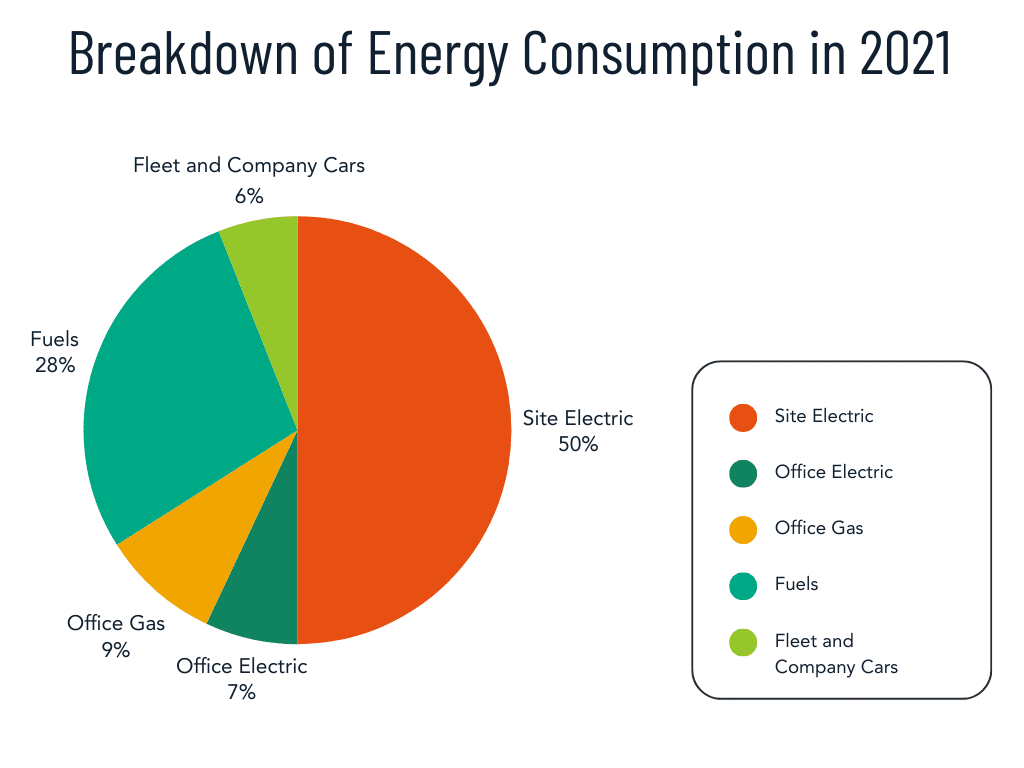
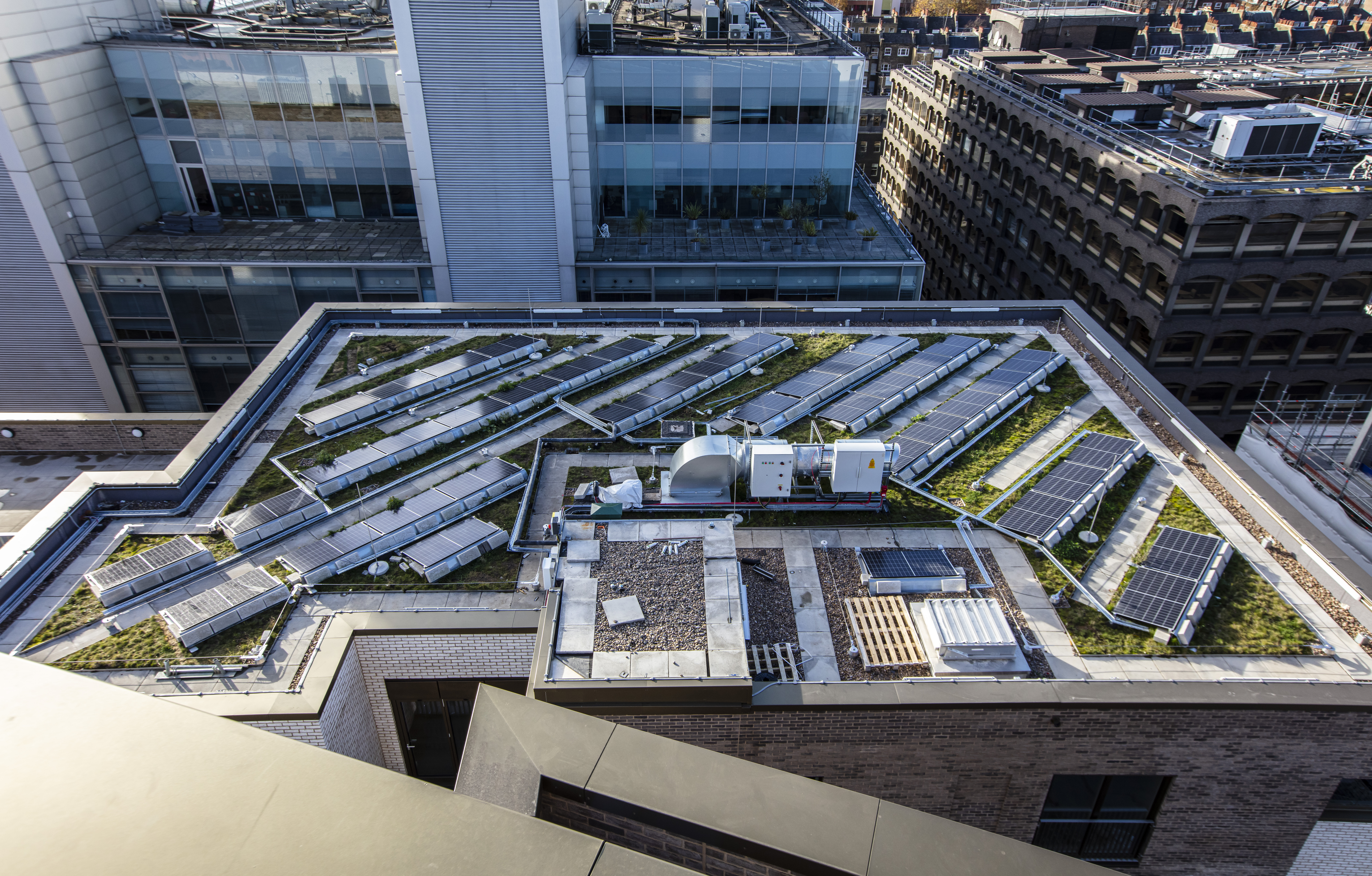
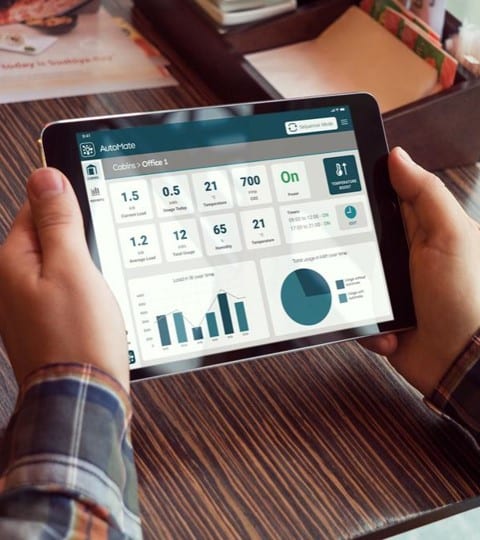
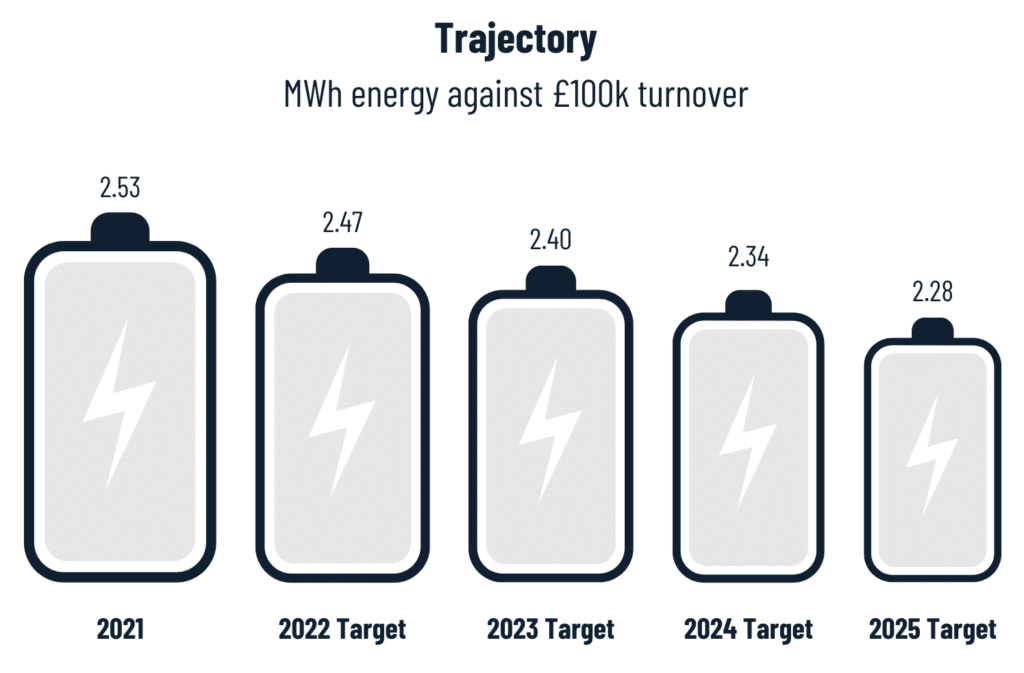
In order to meet our targets we are committed to:
- Train and upskill 100% of our staff and contribute to our supply chain upskilling
- Install smart building technologies on all our sites and offices to understand and reduce our energy usage
- Shift company cars and fleet towards electric and hybrid plug-in associated with installation of EV (Electric Vehicles) charging points on all our applicable sites;
- Minimise and phase out the use of generators on our projects and encourage the use of alternative energy efficiency measures to complement/replace generators (PV, peak shaving, Battery banks etc)
- Enable the shift towards electric plant where possible;
- Increase the energy performance of our site cabins by 10% through engaging with our cabins suppliers and identifying fabric improvement and system efficiencies;
- Deploy energy reduction focused initiatives.
Operational Energy usage
70% of the greenhouse gas emissions of the construction sector in the UK relates to the operational energy of the UK building stock, highlighting the importance for the industry to prioritise the renovation of this existing stock of buildings. By putting our efforts into refurbishment projects, we can upgrade these old, and inefficient buildings to new, low energy and low carbon assets. Where refurbishment is not deemed possible and new developments respond better to the need of our clients and communities, we will put our efforts into ensuring that these new buildings are built with low energy and efficient systems.
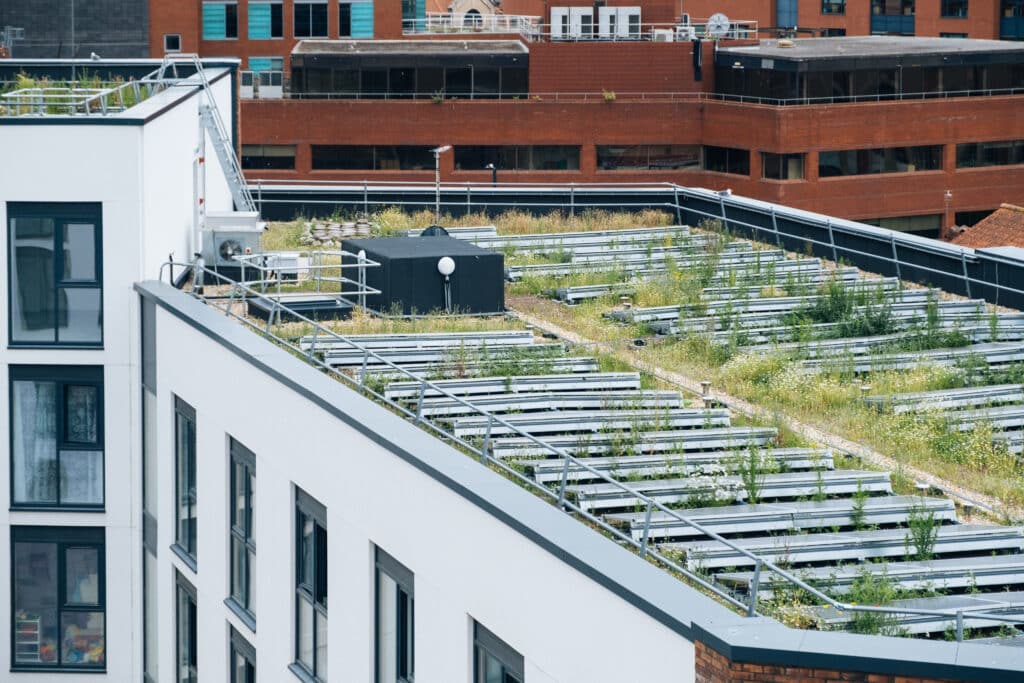
Operational energy use (kWh/m2/ year) is the energy consumption of the buildings we deliver that are then in use and operation (Building Life Cycle Stage B6), including both regulated and unregulated energy consumption.
Ambitions
Bouygues UK is an active contributor and donor to the most recognised organisations around carbon and energy. Particularly, our contribution to certain LETI publications in collaboration with many other contributors demonstrates our willingness to play a part in the improvement of our industry.
The Royal Institute of British Architects (RIBA) publication “RIBA 2030 Climate Challenge” sets Business As Usual, Good and Best practices using their own research as well as (between others) the work undertaken by CIBSE, NABERS and LETI.
Our business will endeavour to target and achieve Good Practices as defined in this guidance with an ambition to promote Best Practices towards Net Zero Carbon in Operation. The typologies below have been identified alongside their respective targets.
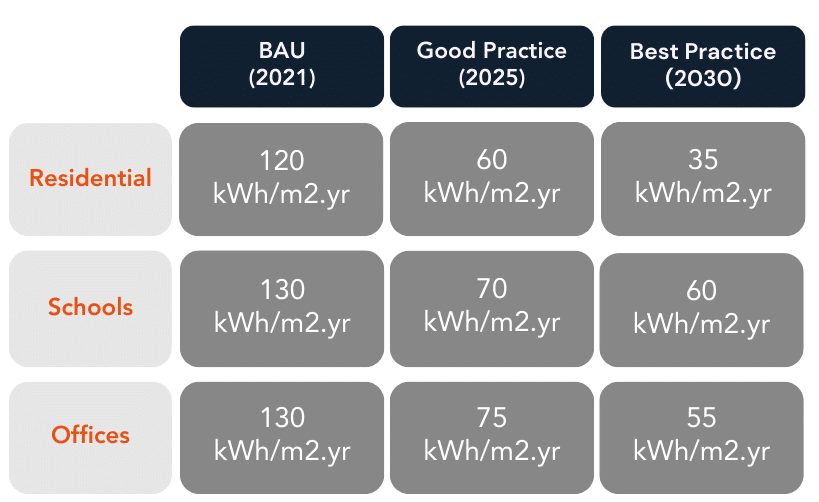
To help us achieve an improvement in operational energy performance, we plan are committed to the following:
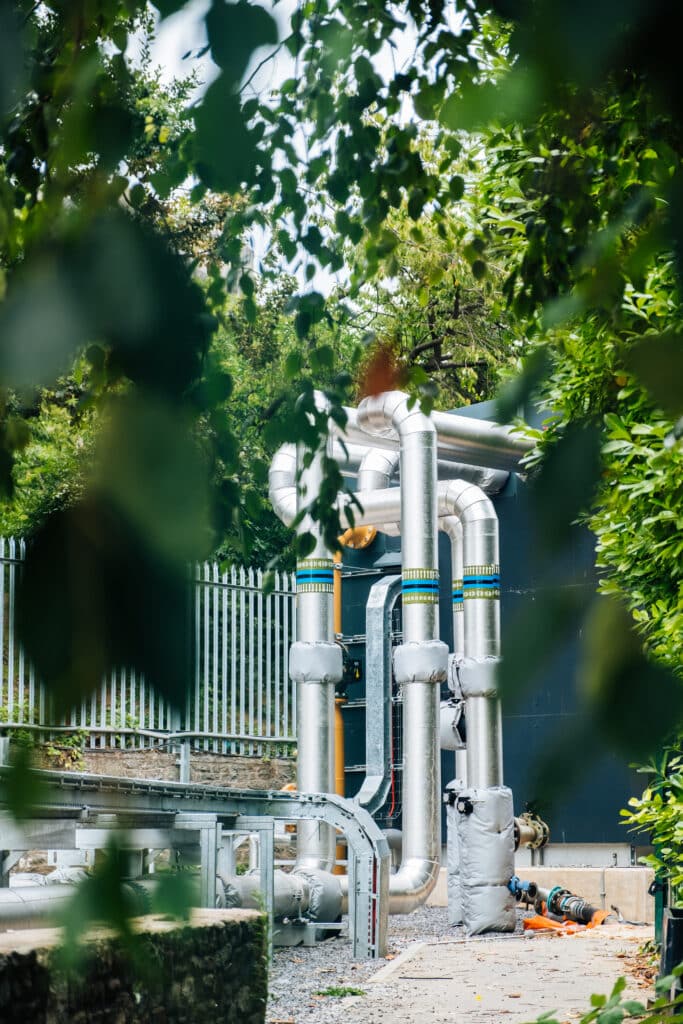
- Passive measures with the minimisation of the form factor, optimisation of the orientations and use of natural systems (as opposed to mechanical).
- Fabric first approach: developing energy strategies and starting with the ‘fabric first’ approach we will prioritise thermal insulation of the envelope as well as air tightness in order to reduce by 40% the energy demand of our projects.
- Heating and hot water systems: All projects will consider a move away from fossil fuels towards electrical source and efficient systems based on energy recovery. Our ambition is that none of our projects will rely on fossil fuels by 2030.
- High energy efficiency for power, lighting, ventilation maximising energy recovery, low consumptions equipment and smart technology.
- On-site energy generation: Our projects will generate a share of their own consumption through the installation of solar panels. This free energy generation will cover 10% of our building energy use.
- Renewable energy procurement applied to our own operations but proposed to our clients and end users through PPAs and high quality green tariffs.
We not only understand the importance of implementing the steps above, in this order, but also the capability to undertake advanced thermal modelling through TM54 methodology or PHPP models in order to define, deploy and adapt the available solutions to each and every project. Our internal team on Building Physics is well experimented in undertaking these models and equipped with the best credentials as Passive House Designer.

CLIMATE & ENVIRONMENT
Building for the future is a top priority for us at Bouygues UK. Every project is an opportunity to build the future and at Bouygues UK, we are committed to ensuring this is the reality. We recognise that through working closely with our clients, supply chain partners and employees, we can help reduce our impact on the environment and bring sustainable benefits to the communities we work in.
